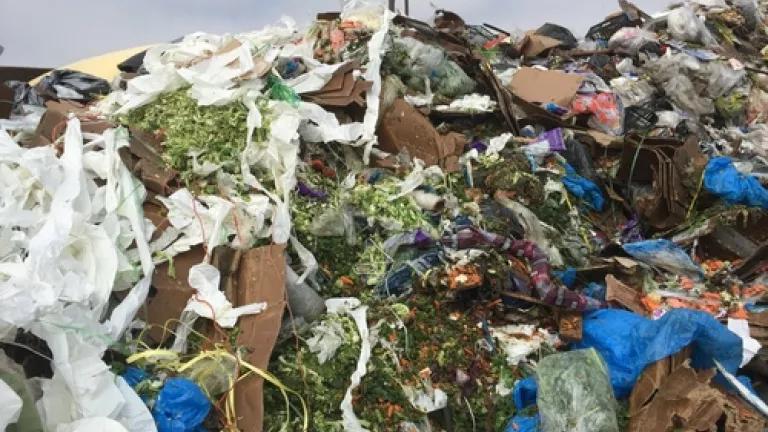Imperfect Fruits and Vegetables: 15 Minutes of Fame or Lasting Paradigm Shift?

Food advocates, home gardeners and others on social media have recently been giving shout-outs to the novel idea that produce that isn't perfect can still taste great. You may have seen the quirky photos of funny fruits and vegetables - carrots with three legs, cherries with two lobes, and zucchini that you could wrap around your neck or use to hit a baseball. Typically banished from commerce, such "inglorious" fruit and veggies are now getting what Andy Warhol anticipated - their 15 minutes of media fame. But will this issue fade that fast? And what drives all that produce going to waste in the first place?
A shocking 52% of fruits and vegetables go uneaten in the US. (Yes, you might have thought that the 40% of food that gets wasted overall was bad enough, but it's actually 52% for fruits and vegetables according to the Food and Agriculture Organization). Some of that occurs on farms, with produce that is rejected in the packing shed or is never harvested. Other produce is tossed - for a wide variety of reasons -- by grocery stores, restaurants and institutional foodservice. And of course, consumers have a big hand in this, with food waste at the consumer level accounting for about 42% of food waste overall.
Feeding America estimates that at least 6 billion pounds of produce are discarded every year. Because that figure covers only their seven most commonly donated crops, the true figure is likely to be significantly higher. A recent survey among growers in Minnesota and a forthcoming NRDC survey with growers in New York shed more light on the extent of fruit and vegetable losses at the farm level.
Some of these food waste issues were addressed in the recent kick-off to the PBS Newshour's new series, "Food, Glorious Food" and an NPR companion piece. Featuring NRDC's Executive Director, Peter Lehner, and yours truly, these pieces looked at the massive amounts of surplus and rejected produce that get plowed under or landfilled in California. When that happens, not only does the produce itself go to waste, but all the water, agricultural chemicals, energy, labor and land used to grow it is in vain, too.
What's more, 95% of all the food that is disposed of in municipal waste streams gets landfilled. And that doesn't even count discarded produce that gets composted on the farm, or - like the produce described in the PBS Newshour piece -- that is landfilled by a producer or processor. Once in a landfill, organic materials like produce emit methane, a powerful greenhouse gas (GHG). NRDC estimates that wasted food, alone, is responsible for 5.2% of total US GHG emissions.
The drivers of fruit and vegetable losses are many and varied. Among them are imbalances in market power between growers and large buyers, incentives for growers to over-produce so they don't come up short on contracts, bad weather, the vagaries of how produce grows, grocery stores' proclivity for pitching anything that doesn't have a long shelf-life, and consumer preferences for perfect-looking produce.
In the case of imperfect produce, strict industry requirements around the size, shape, color and other skin-deep qualities have typically kept such products off the market. These standards can also pressure growers to use more pesticides, fungicides and other chemicals with the goal of maintaining appearances. And they have trained us as a society to forget that even when what nature produces is fresh, beautiful and nutritious, much of it will be rejected under today's industry standards.
Many organizations are cropping up these days to help get slightly imperfect produce into the hands of eaters. These include Boston-based The Daily Table (led by Doug Rauch, former President of Trader Joe's) and the aptly named Imperfect in the Bay Area (and Imperfect's new collaboration with upscale retailer, Raley's). Time will tell how such efforts affect consumers and farmers, and how consumers respond when they can access produce that reflects a broader spectrum of what Mother Nature actually grows. What remains clear is that cosmetically imperfect - but perfectly enjoyable - produce is simply too good to waste.
